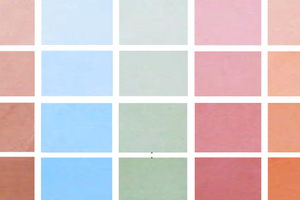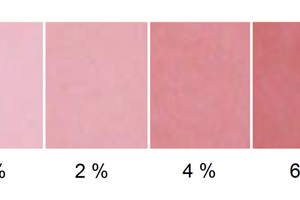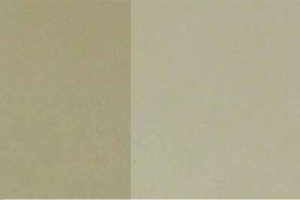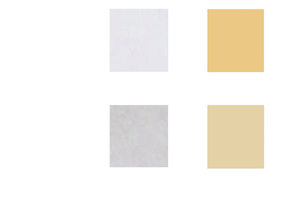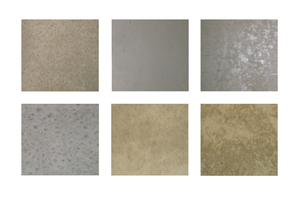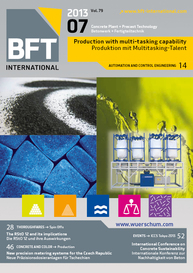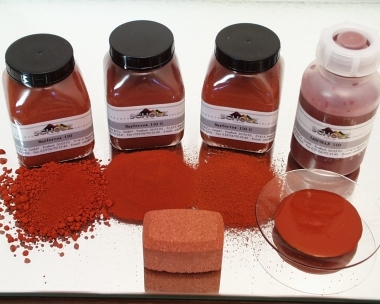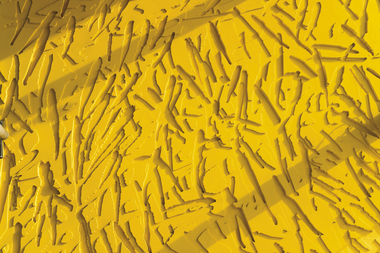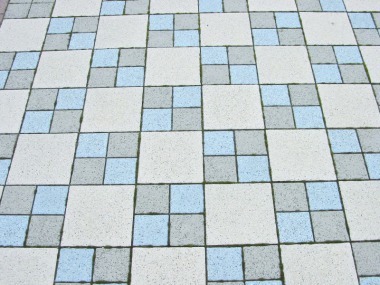Factors influencing the coloring of
architectural concrete
Concrete is actually grey, but it can be colored. Yet many aspects need to be considered to achieve the intended
result.
This article deals with the most important aspects whilst particularly focusing on the production of precast elements and cast stone items.
Pigments
Pigments (powders, granules, beads or liquid paint) are used for the coloring of concrete (Fig. 1). For this purpose, the required amount of pigment is calculated relative to the cement. Pigments usually account for about 2 to 8 % of the cement contained in the concrete. Color intensity initially increases in line with the amount of pigment, but stagnates once a certain percentage has been reached (Fig. 2). Colors are often mixed to create the...

